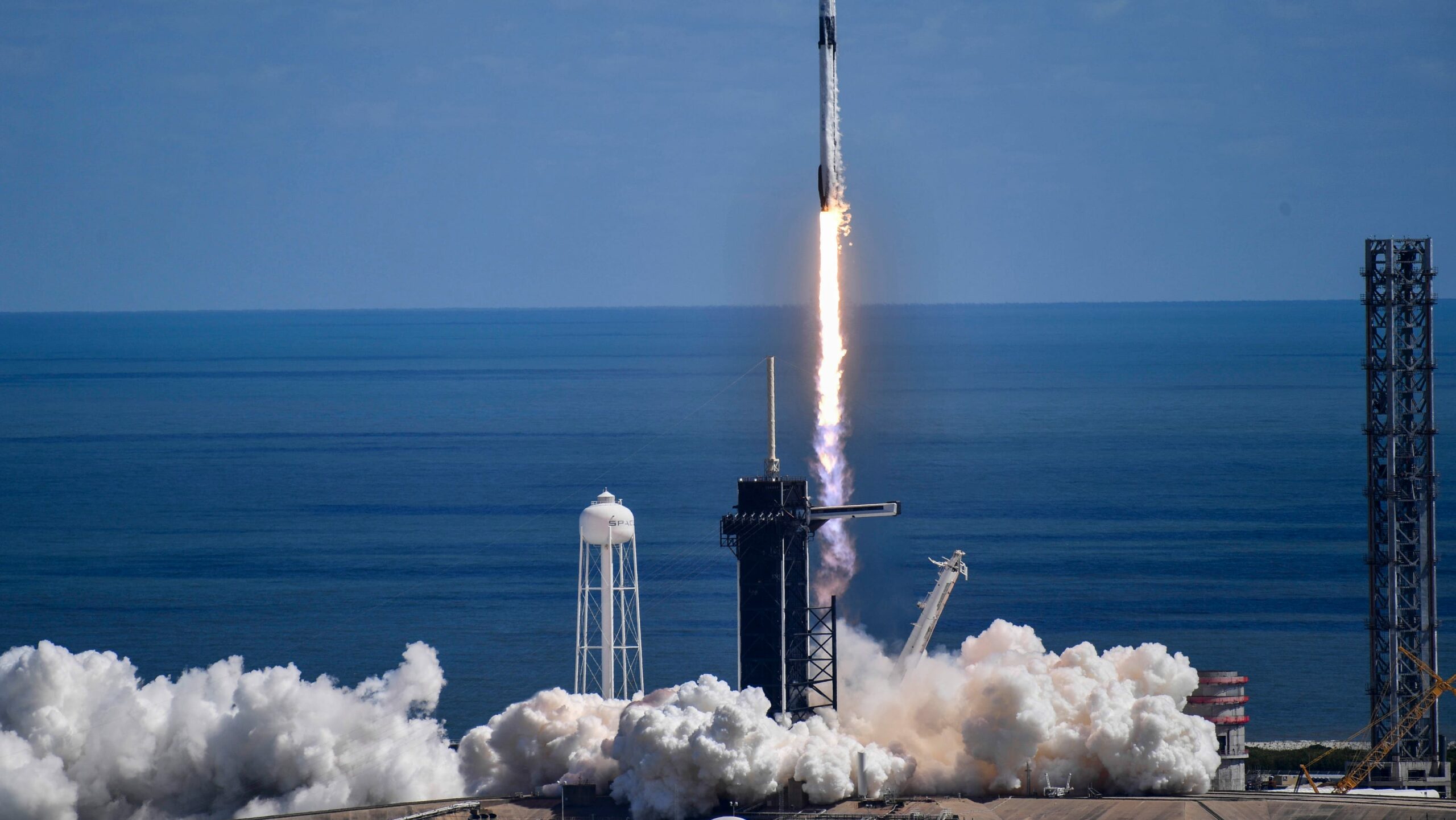The International Space Station (ISS) crewed launch of the Russian cosmonaut has been postponed, the National Aeronautics and Space Administration (NASA) and Space Exploration Technologies Corporation (SpaceX) said earlier today. NASA uses SpaceX’s Crew Dragon to transport humans to the International Space Station (ISS), and the forthcoming trip will be the sixth total and fifth operational voyage to the space station since astronauts first ascended to the skies from American land in 2020.
SpaceX is now the only firm capable of carrying out the flights since NASA’s other partner, The Boeing Company, is experiencing difficulties with its Starliner spaceship. The activities are a part of NASA’s Commercial Crew Program.
Crew-5 Launch Delay Caused By “Extra Traffic” At The ISS by NASA And SpaceX
Nicole Mann and Josh Cassada of NASA, Koichi Wakata of the Japan Aerospace Exploration Agency (JAXA), and Anna Kikina of Roscosmos will blast off into orbit aboard SpaceX’s Falcon 9 rocket for this mission. This trip will be the first time in the history of the Commercial Crew Program that a Russian cosmonaut also travels aboard a NASA spacecraft, and it will take place at a time when geopolitical tensions between the United States and Russia are at an all-time high as a result of the invasion of Ukraine.
The only person on this crew with space flight experience is astronaut Wakada, making them all young. With Mann serving as the commander and Cassada as the spacecraft’s pilot, it will be Kikina, Cassada, and their first spaceflights overall. The two more individuals will go as mission experts.
Because SpaceX’s Dragon is less expensive than its Russian rival, Soyuz, NASA’s Commercial Personnel Program enables the agency to dramatically reduce the expenses of flying crew to the International Space Station. A seat swapping deal between NASA and Roscosmos allows the American space agency to “pay” Roscosmos with a seat for a Russian cosmonaut on an American spacecraft as opposed to financial payment, with NASA paying SpaceX in its place.
The astronauts will spend a hard 18 months in training to be ready for the journey, working with foreign space agencies as well as at NASA’s Johnson Space Center and SpaceX’s headquarters in California. In addition to other training, this prepares them for extravehicular activities, jet flight, spacecraft operating, and other training.
The Crew Dragon Endurance, which previously completed the Crew-3 mission, is their spacecraft. The front Draco engines of the Dragon will also be reused for the first time on a human spaceflight mission by SpaceX, demonstrating both their and NASA’s trust in flight-tested space technology.
For this mission, a brand-new Falcon 9 rocket was involved in a tragic mishap late last month when it failed to pass ground clearance for a bridge while being transported. According to sources, the rocket’s front part was poorly fastened to its transporter, which led to it colliding with an overhanging bridge.
The Falcon 9 looks to be ready for its launch as of right now, according to NASA, which quickly clarified that SpaceX had quickly evaluated the spacecraft and was completing the required adjustments. No sooner than October 3 at 12:45 PM Eastern Daylight Time, NASA and SpaceX’s Crew-5 mission is currently planned to launch. The historic Artemis 1 Moon mission, which NASA is now planning for next Monday, will occur around a month after the mission.
Source: WCCFTECH

